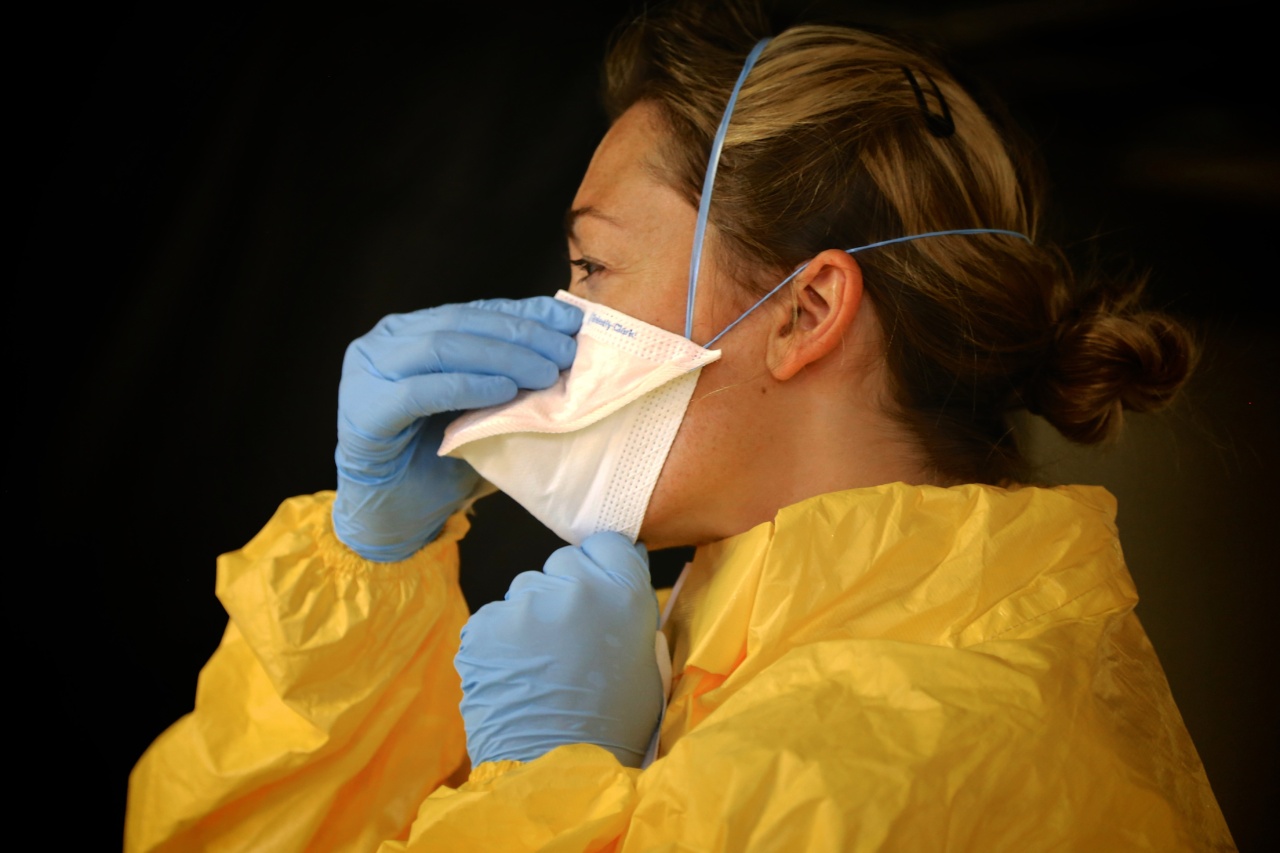Melanoma is a type of skin cancer that can be caused by exposure to ultraviolet (UV) radiation from the sun or from artificial sources such as tanning beds. It can be a deadly disease if not detected and treated early.
One group of people who may be at higher risk for melanoma are professionals who work outdoors or spend a lot of time in the sun, such as construction workers, landscapers, and lifeguards.
Understanding melanoma
Melanoma is a type of skin cancer that affects melanocytes, which are cells in the skin that produce melanin, the pigment that gives skin its color.
Most melanomas are caused by exposure to UV radiation, which can damage the DNA in melanocytes and cause them to grow out of control. Melanoma can spread to other parts of the body, including the lymph nodes and internal organs, and can be life-threatening if not treated early.
Identifying at-risk professionals
Professionals who work outdoors or spend a lot of time in the sun are at higher risk for melanoma than the general population. This includes:.
- Construction workers
- Landscapers
- Farmers
- Lifeguards
- Roofers
- Outdoor athletes, such as runners and cyclists
- Outdoor recreation workers, such as park rangers and camp counselors
Preventing melanoma
Preventing melanoma in at-risk professionals requires a combination of sun protection measures and regular skin checks. Some key prevention strategies include:.
- Wearing protective clothing, such as long sleeves, wide-brimmed hats, and sunglasses
- Using sunscreen with an SPF of at least 30 and reapplying every two hours or after swimming or sweating
- Avoiding tanning beds
- Scheduling regular skin checks with a dermatologist
Skin checks
Regular skin checks can help detect melanoma early, when it is easier to treat. At-risk professionals should schedule a skin check with a dermatologist at least once a year, and more often if there are any concerning moles or spots on the skin.
During a skin check, the dermatologist will examine the skin for unusual moles or spots and may take a biopsy of any suspicious areas.
Warning signs
In addition to regular skin checks, at-risk professionals should also be aware of the warning signs of melanoma. These include:.
- A mole that is changing in size, shape, or color
- A new mole that appears on the skin
- An existing mole that bleeds, crusts, or itches
- A spot on the skin that is different from all other spots
- A sore that does not heal
When to see a doctor
If you are an at-risk professional and notice any of the warning signs of melanoma, it is important to see a doctor as soon as possible. Early detection is key to successful treatment of melanoma.
Your doctor may perform a skin biopsy to determine if the mole or spot is cancerous and may recommend further treatment, such as excision or radiation therapy.
Conclusion
Melanoma is a serious disease that can be prevented and treated if detected early.
At-risk professionals, such as construction workers, landscapers, and lifeguards, should take steps to protect themselves from the sun and schedule regular skin checks with a dermatologist. By being aware of the warning signs of melanoma and taking proactive steps to prevent it, at-risk professionals can reduce their risk of developing this deadly disease.


























